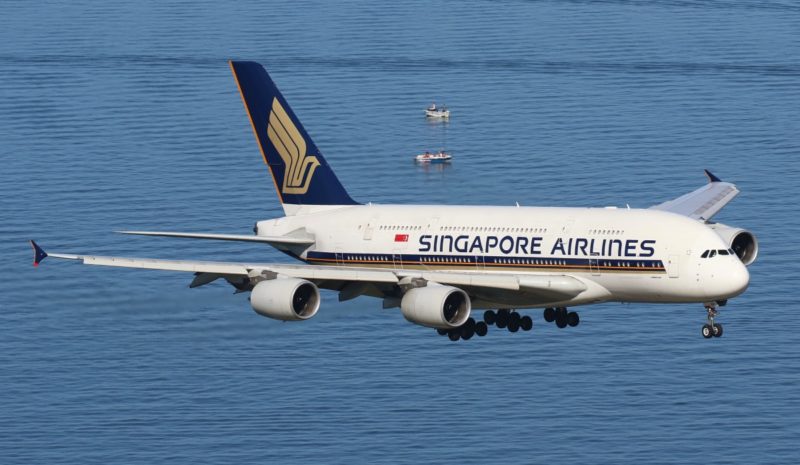Singapore Airlines has announced it will be deferring over $4 billion worth of Airbus and Boeing aircraft.
The decision will see Singapore Airlines defer the delivery stream, spreading out beyond the immediate five years, reducing capital expenditure in the 20/21 and 22/23 to later financial years.
Having said that, Singapore Airlines has converted 14 Boeing 787-10 Dreamliners into 11 777-9s; citing projected long-term fleet requirements beyond 2025/2026.
“The agreements with Airbus and Boeing are a key plan of our strategy to navigate the disruptions caused by the COVID-19 pandemic. They allow us to defer capital expenditure and recalibrate the rate at which we add capacity, aligning both with the projected recovery trajectory for international air travel.”
Singapore Airlines Chief Executive Officer Goh Choon Phong
The new order figures for Singapore Airlines, and their low-cost carrier Scoot, are seen as the following:
| Aircraft Model | Total |
|---|---|
| Airbus A320 Family | 35 |
| Airbus A350-900 | 15 |
| Boeing 737-8 | 31 |
| Boeing 787 Family | 20 |
| Boeing 777-9 | 31 |
By boosting their order from 20 to 31 777-9s, Singapore Airlines has provided Boeing with a small amount of relief for the program; a program which has been struggling to gain traction before and during COVID-19. It was only last week that it was announced that Boeing would have to cut a third of 777X orders, due to an accounting rule. However the 787 Dreamliner program is not any better, with numerous production issues affecting the plane.
Furthermore, the retirement of eight Boeing 777s and seven Airbus A380s means Singapore Airlines will have to fill in the gap for when a healthy recovery starts.

Singapore Airlines’ A380 fleet can carry 457 passengers across two decks. Meanwhile, Boeing advertises the 777-9 as a 426 seat aircraft in a two-class configuration or around 300 in a four class layout.
While there is somewhat of a capacity difference between the two, the 777-9 offers Singapore Airlines half the amount of engines, a more modern cabin along with additional crew technologies and lower operating costs.


